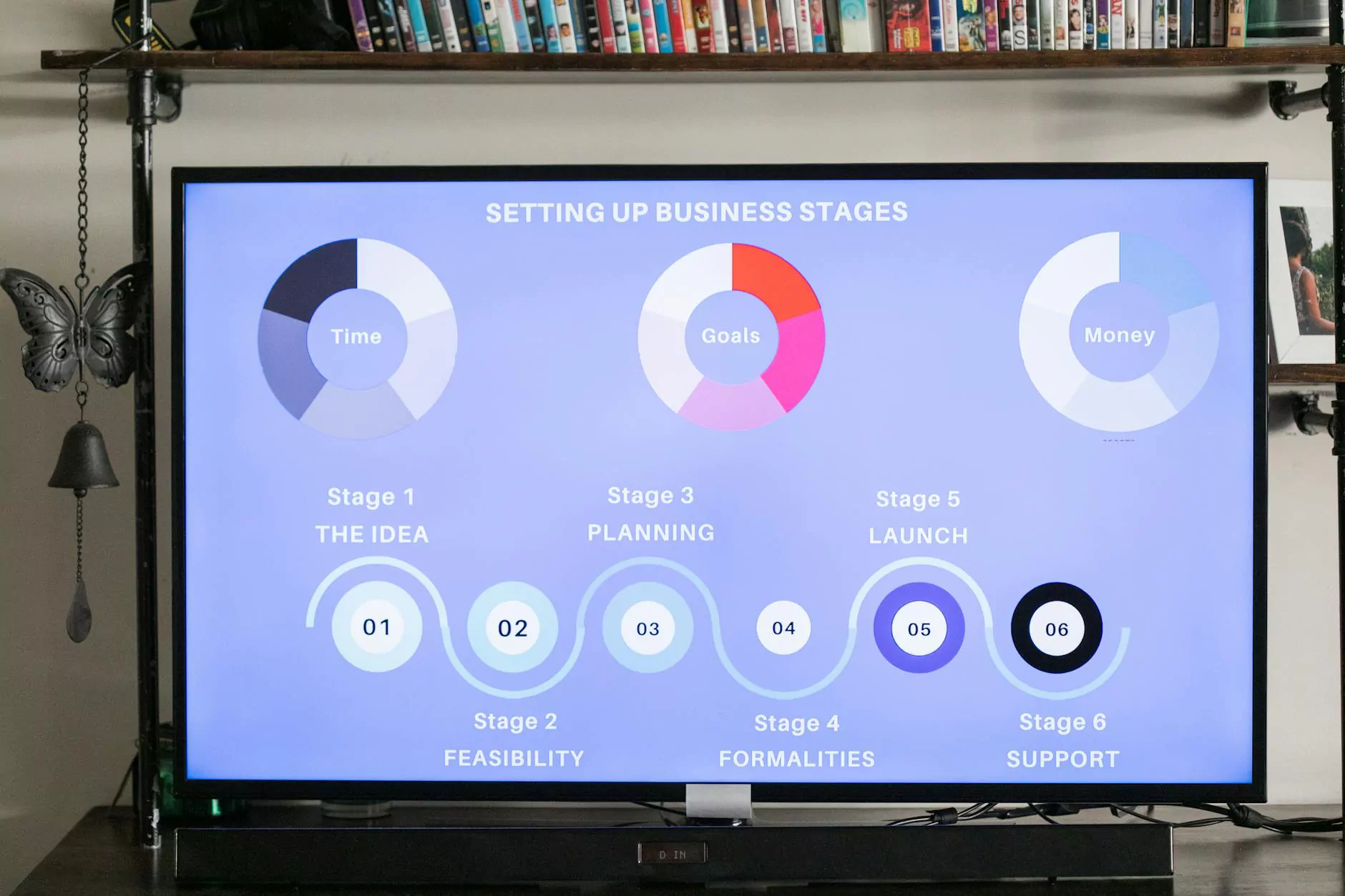The Pros and Cons of Virtual Page View Tracking in Google Analytics
Blog
Introduction
In today's digital era, businesses heavily rely on online marketing to reach a wider audience and boost their brand presence. Analytics tools like Google Analytics play a vital role in measuring website performance and user behavior. One intriguing feature offered by Google Analytics is virtual page view tracking, which allows businesses to track user interactions and conversions on non-traditional web pages. In this article, we will explore the pros and cons of implementing virtual page view tracking in Google Analytics.
The Pros of Virtual Page View Tracking
1. Extended Tracking Capabilities
Virtual page view tracking enables businesses to track interactions on pages that don't have a physical URL. This is especially useful for tracking interactions within single-page applications, such as dynamic content updates or clicks on pop-up forms. By implementing virtual page view tracking, businesses have more comprehensive insights into user behavior and engagement beyond traditional pageviews.
2. Enhanced Conversion Tracking
Virtual page view tracking allows you to track conversions on specific user interactions, even if they do not lead to a page reload. This is particularly valuable for e-commerce websites and lead generation campaigns, where users engage with dynamic content without navigating to a separate page.
3. Custom Event Tracking
In addition to tracking pageviews, virtual page view tracking enables you to define custom events and track user interactions that do not fit the traditional pageview model. This flexibility allows you to measure the effectiveness of important user actions, such as video views, file downloads, form submissions, or clicks on specific elements.
4. Enhanced User Journey Analysis
Virtual page view tracking provides a more accurate representation of the user journey, especially on websites with complex navigation or multi-step processes. By tracking specific interactions as virtual pageviews, you can uncover potential roadblocks, identify drop-off points, and optimize user experiences to increase conversions.
5. Improved Marketing Attribution
Virtual page view tracking allows you to assign values and attributes to user interactions, which helps you attribute marketing efforts to specific actions and conversions. By understanding the value each interaction brings to your marketing funnel, you can fine-tune your campaigns, optimize messaging, and identify the most effective channels and touchpoints.
The Cons of Virtual Page View Tracking
1. Increased Setup Complexity
Implementing virtual page view tracking requires additional configuration and integration beyond the standard Google Analytics setup. It involves mapping virtual URLs to specific user interactions and may require technical expertise or developer involvement. This complexity can be a barrier for businesses with limited resources or technical knowledge.
2. Potential Data Dilution
While virtual page view tracking expands tracking capabilities, it can also dilute data by inflating pageview counts. Multiple virtual pageviews triggered by a single user interaction may skew data and make it challenging to accurately analyze website performance. Careful planning and proper implementation are necessary to avoid data dilution.
3. Limited Historical Data
When implementing virtual page view tracking, you may face limited historical data or a lack of comparative benchmarks. As virtual pageviews are associated with specific user interactions, data on previous user behavior may not be available. This limitation can make it difficult to assess long-term trends or evaluate the impact of website changes.
4. Maintenance and Maintenance Costs
Virtual page view tracking requires ongoing monitoring and maintenance to ensure accurate data collection and tracking. Changes to website structure or user interactions may require updating virtual page view configurations. Additionally, businesses may need to allocate resources for staff training or external expertise, adding to the overall cost of tracking implementation and management.
5. Dependence on JavaScript
Virtual page view tracking relies on JavaScript to capture user interactions and trigger virtual pageviews. If users have JavaScript disabled, this tracking method may not work effectively. While the majority of internet users have JavaScript enabled, this dependency introduces a potential source of data loss or inaccuracy.
Conclusion
Virtual page view tracking in Google Analytics offers several advantages for businesses aiming to gain a deeper understanding of user behavior, optimize conversions, and improve marketing attribution. However, it's crucial to consider the cons, such as setup complexity, potential data dilution, limited historical data, maintenance requirements, and the dependence on JavaScript. By weighing the pros and cons, businesses can make an informed decision on whether virtual page view tracking aligns with their marketing strategies and website requirements.




